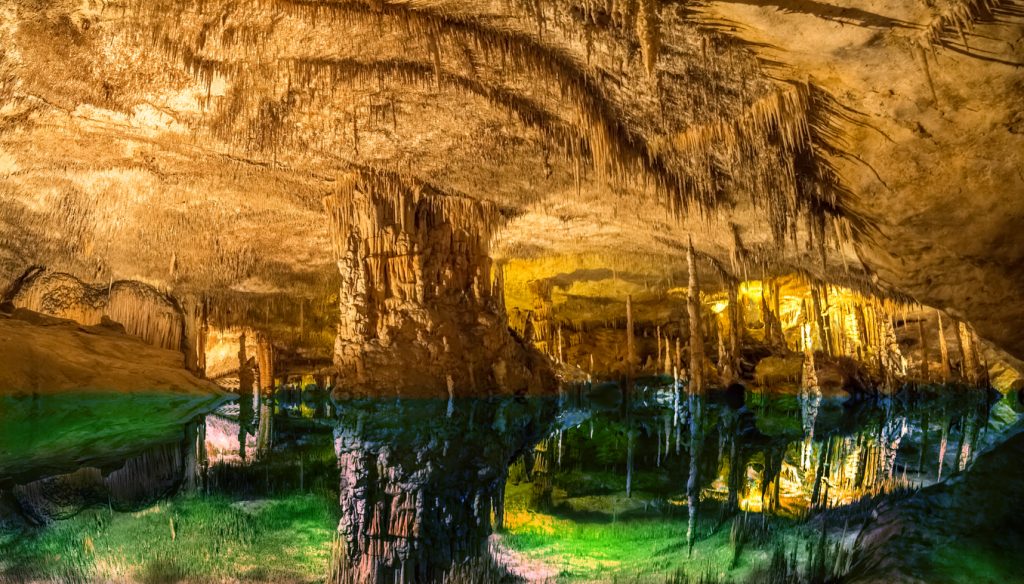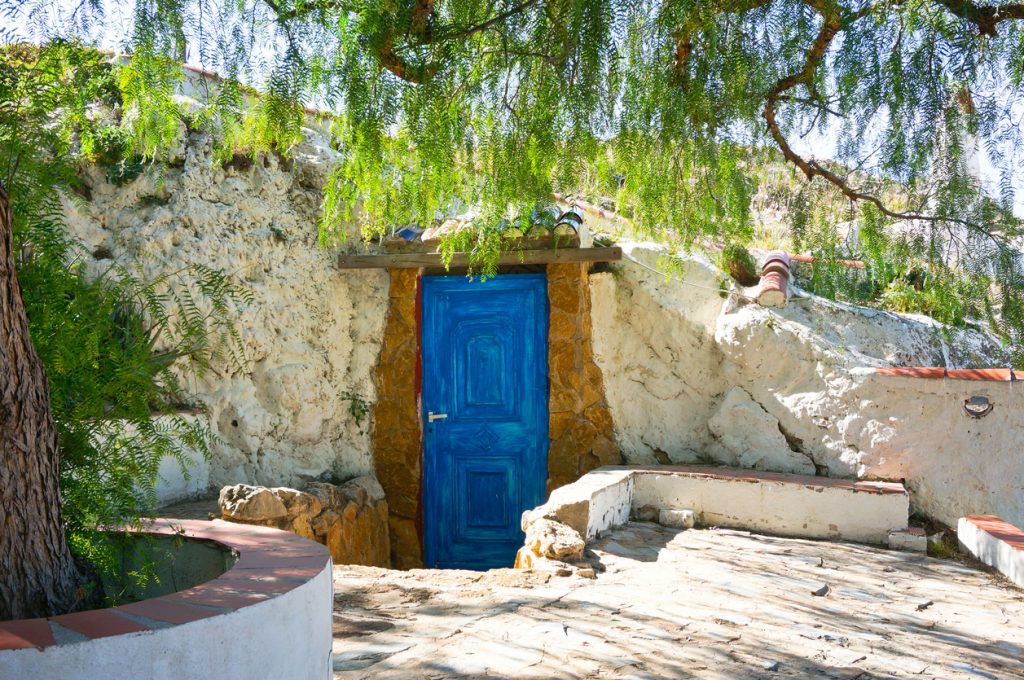This isn’t a new opportunist fad with “tourism” stuck on the end. In fact, cave tourism is older and more traditional than popular contemporary varieties such as wine tourism, active tourism and cycling tourism. In cave tourism, visitors select a destination based on their love of caves: whether they’re looking to stay in a cave house or fancy trying their hand at caving.
Feel like a Neanderthal by sleeping inside a cave or unleash your adventurous side by caving in beautiful underground cave networks. Whether used for sporting or accommodation purposes, caves have a strong influence on tourists when choosing their destination and searching for new experiences.
From an experience tourism perspective, many people are looking to stay in cave houses where they can enjoy the unique accommodation and its beautiful surroundings. This is a fantastic opportunity to emulate your forefathers while enjoying all of the mod cons of the 21st century.
Andalusia is one of Spain’s autonomous communities with the highest concentration of touristic cave houses. The province of Granada has several excellent cave houses, such as those in the Cuevas Tiana complex in Baza or the Cuevas Al Qulayat in Castilléjar.
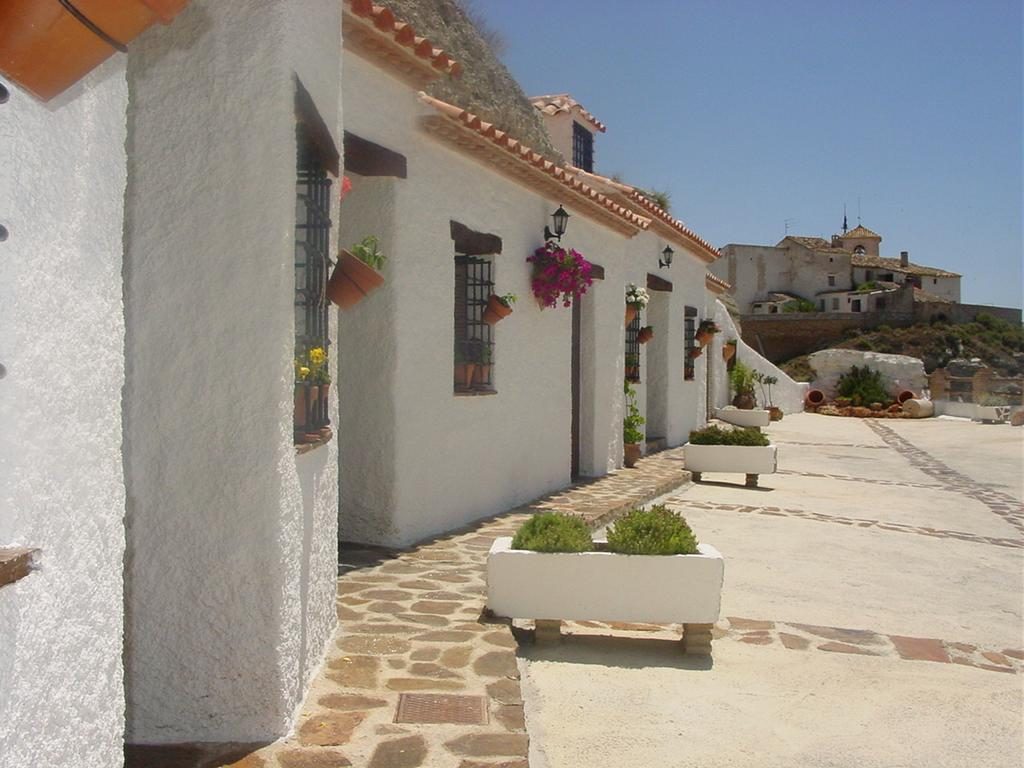
Northern Spain is also home to various intriguing destinations. One such example are the cave houses in the Cuevas Rurales Bardeneras complex in the municipality of Valtierra (Navarre).
If you’re looking to combine cave tourism with the benefits of an island holiday, you should consider visiting the village of Artenara in Gran Canaria. The main advantage of these cave houses is their ability to maintain a constant temperature. These cave houses remain at a delightful 18ºC all year round.
The world’s best natural caves
According to a survey carried out by the flight and hotel search engine Jetcost.es for its new Explore section, four Spanish caves feature in a list of more than 20 of the world’s best caves.
Spain is represented in the rankings by La Cueva de Valporquero in León, El Soplao in Cantabria, Las Cuevas del Drach in Mallorca and Las Cuevas de Nerja in Málaga. The list also includes fantastic caves from other European countries such as Portugal, Italy and Austria, as well as non-European countries such as Mexico, China, the USA and South Africa.
According to the survey results, a high number of
tourists (38%) select their holiday destination based on the caves that are
found nearby, along with other natural features that can be visited.
Survey participants were asked to choose their favourite regions based on their
surrounding natural features—particularly their nearby caves—taking into
account their beauty, rarity, facilities, lighting, accessibility and other
somewhat surprising aspects. With over 10,000 caves, Spain has an impressive
network of underground caves of incalculable value.
Cantabria was one of Spain’s highest-rated autonomous communities, with the
world’s greatest concentration of cave art (with over 60 caves bearing
paintings on their walls).
La Cueva de Altamira and the region’s nine other caves to have received UNESCO World Heritage Site status are the universal symbol of this valuable Palaeolithic heritage, which coexists with another equally impressive underground legacy: the network of 9000-plus caves of impressive geological shapes and spectacular landscapes, such as El Soplao.
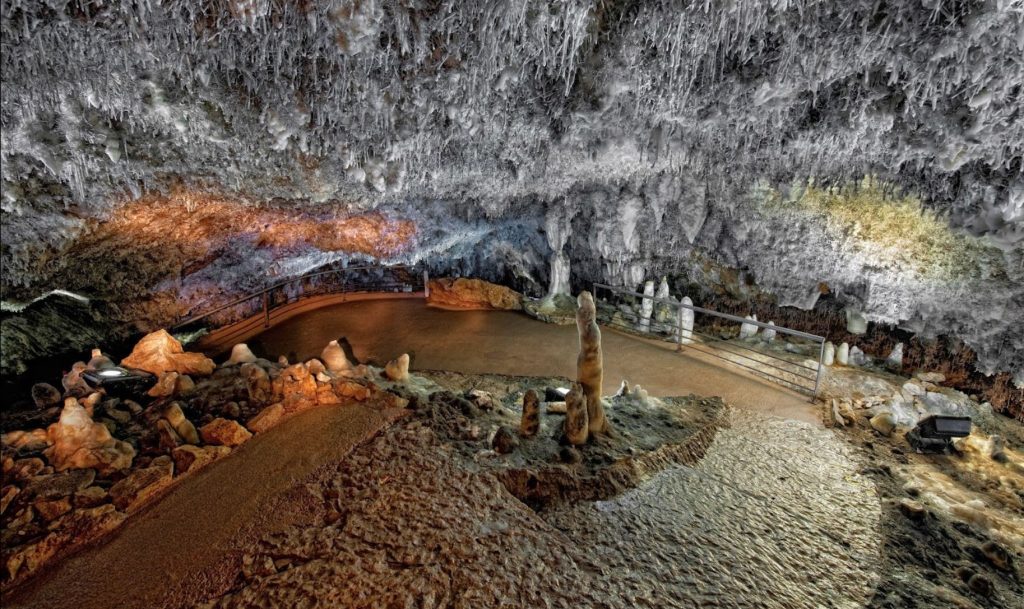
Discovered in the early 20th century during the excavation of the La Florida mines, El Soplao is considered internationally to be a true geological wonder.
Its most impressive features are its ‘eccentric’ rock
formations found along its floors, ceilings, walls and other parts of the
route, which make El Soplao special. These unusual formations, combined with
the capricious shapes of its stalactites, stalagmites, columns, flows, etc.,
make for a fascinating immersion into the underground world.
Las Cuevas de Valporquero are found relatively nearby,
in León. These are some of Spain’s most beautiful caves. Seven huge galleries,
offering a variety of unique structures, can be visited, which are sure to
leave an immediate impression on you. Furthermore, the caves have a watercourse
that can be navigated by experts.
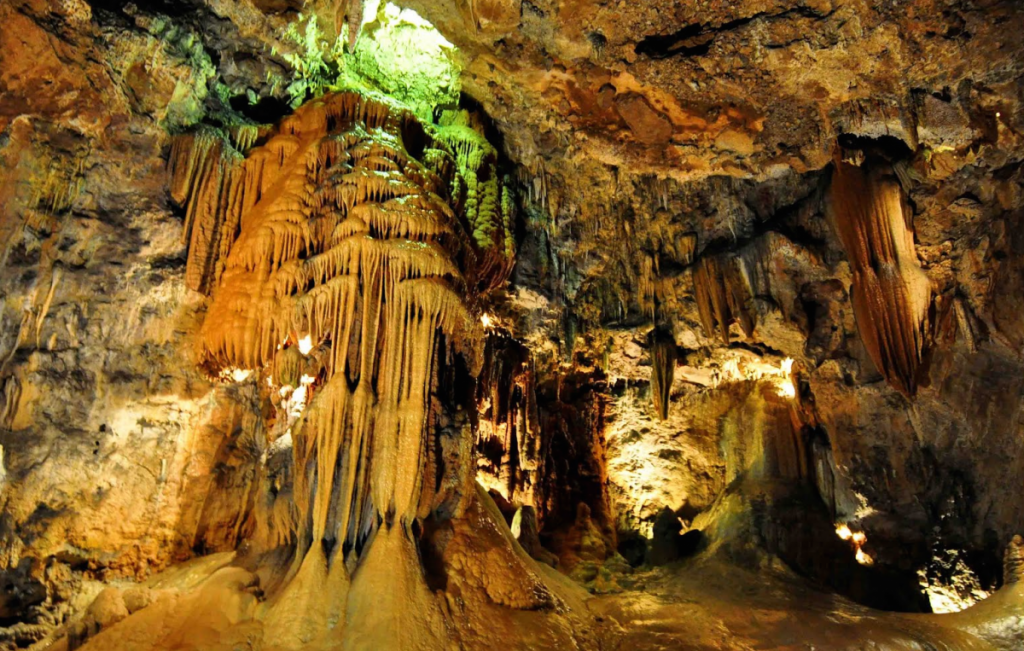
In any cave or cavern, lighting is essential. In Las Cuevas de Valporquero, this is simply exquisite. Their lighting creates a magical and
surreal atmosphere, in which visitors can gain an understanding of how
stalactites are formed, drop-by-drop, over thousands of years.
Survey participants also chose Las Cuevas del Drach,
the largest cave network in Mallorca, found in Porto Cristo, as one of the
world’s best caves. These caves stretch almost 2400 metres long, with a maximum
depth of 25 metres below ground level. Really,
these are four interconnected caves: La Cueva de los Franceses, La Cueva de
Luis Salvador, La Cueva Blanca and La Cueva Negra.
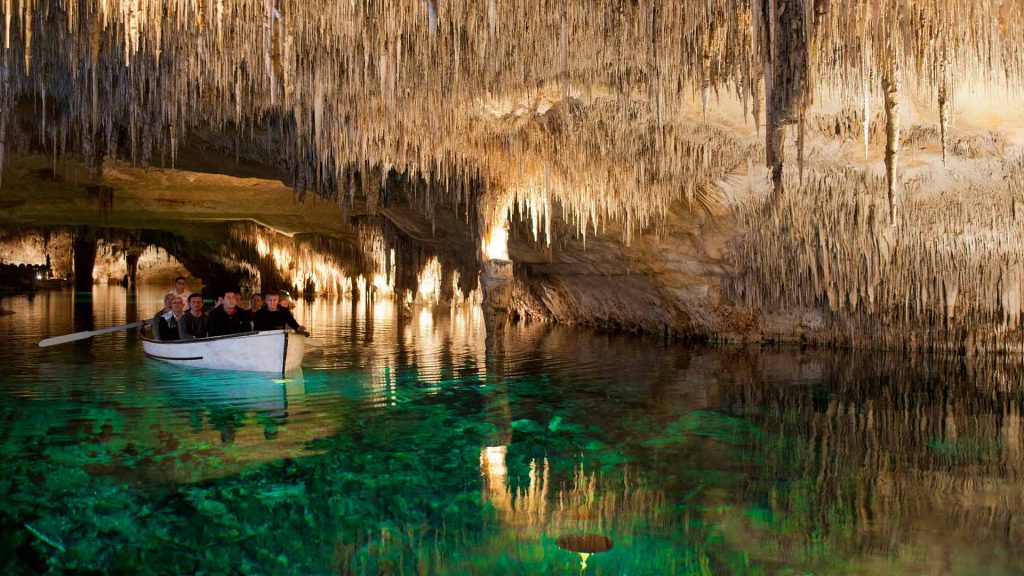
These caves are shaped by the entrance of seawater and are believed to date back to the Miocene period. Inside, you’ll find one of the world’s largest underground lakes—Lago Martel—measuring 117 metres long by 30 metres wide. This charming and mysterious setting hosts classical music concerts daily. After the performance, attendees are welcome to take a boat trip around the lake.
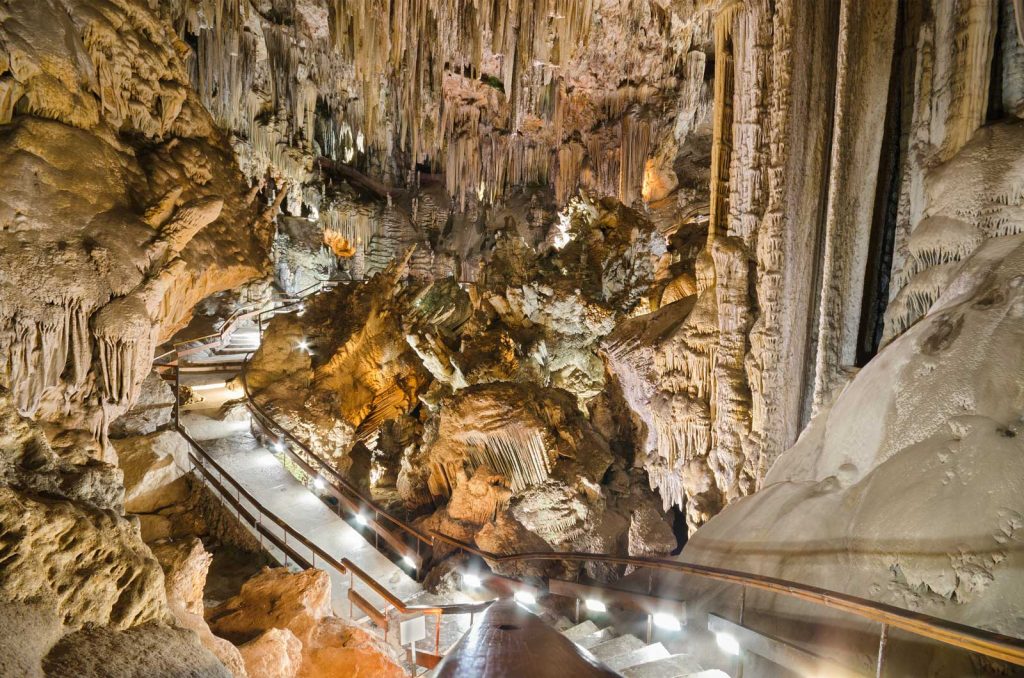
Finally, Málaga’s La Cueva de Nerja has also been included in Jetcost’s list of the world’s best caves. This cave is highly regarded as it contains almost every type of natural rock formation known to man. The spaciousness and height of its chambers make this a relatively easy-to-access cave.
The Sala del Cataclismo is particularly impressive, where you can see proof of a seismic movement that occurred 800,000 years ago in the area. The Sala de la Torca also bears various anthropomorphic cave paintings. Sala de los Fantasmas, meanwhile, offers symbolic representations and animal paintings.
We recommend heading to the viewpoint in the Sala del Colmillo del Elefante for the best views of the cave’s stalactites and stalagmites.
The world is home to many wonderful caves. Below is a short list of some of the top-ranked caves in the survey:
Vatnajökull Glacier Ice Cave (Iceland)
Er Wang Dong Cave (China)
Mira de Aire caves (Portugal)
Marble Caves (Chile)
The Blue Grotto (Italy)
Kyaut Sae Cave (Myanmar)
Mendenhall Glacier Ice Caves (Alaska, USA)
Castellana Caves (Italy)
Waitomo Glowworm Caves (New Zealand)
Algar do Carvão (Portugal)
Giant Crystal Cave (Mexico)
Batu Caves (Malaysia)
Benagil Caves (Portugal)
Tham Lod Caves (Thailand)
Sơn Đoòng Cave (Vietnam)
Muntovsky Volcano Cave (Russia)
Ellison’s Cave (USA)



